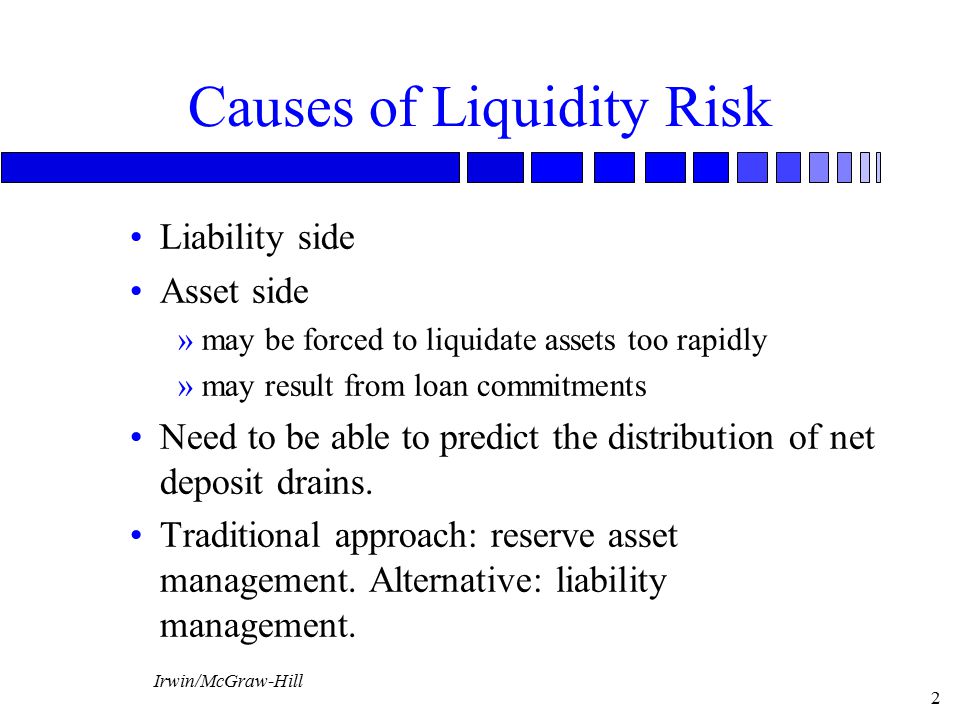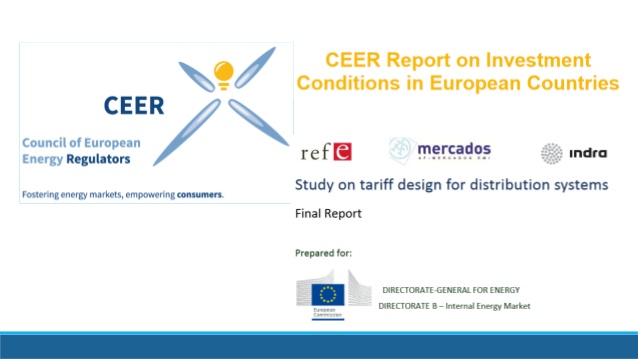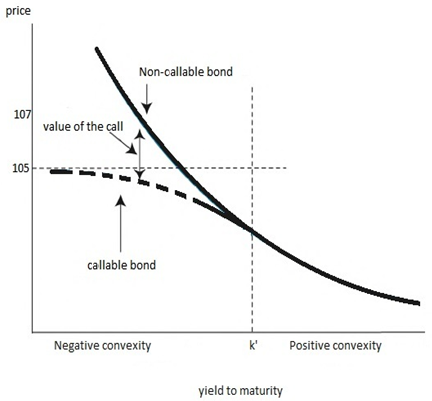
A study by the Rand Corporation found that “a doubling in the number of [nuclear] reactors [built by an architect–engineer] results in a 5% reduction in both construction time and capital cost”. The curve can help organizations to identify opportunities for cost savings and to develop strategies to capture them. Since the company enjoys cost advantages over competitors due to the reduced cost of production, it can develop a penetrative pricing strategy by setting a low price to attract more customers to purchase its products. Other strategies used to increase market share include increasing investment in marketing, production capacity, hiring more sales personnel, etc. Introduced by the Boston Consulting Group, Experience Curve is a concept that states that there is a consistent relationship between the cumulative production quantity of a company and the cost of production. The concept implies that the more experienced a company is in manufacturing a specific product, the lower its cost of production.
By getting the benefits of experience curve effects, the companies become reluctant to continually innovate and lower the unit costs because of their experience. Based on the research conducted by BSG, we can deduce that the experience curve of lower unit costs tends to become stronger for large businesses that are market leaders in their respective industries. When the total production capacity (from the first unit to the last) doubles, the value-added costs decline by a constant percentage.

In the visual representation of a learning curve, a steeper slope indicates initial learning that translates into higher cost savings, and subsequent learnings result in increasingly slower, more difficult cost savings. This was the logical underpinning of the idea of the growth share matrix (see article). The experience curve justified allocating financial resources to those businesses (out of a firm’s portfolio of businesses) that were (or were going to be) market leaders in their particular sectors. This, of course, implied starvation for those businesses that were not and never would be market leaders. However, the experience curve defined a clear path to developing cost-competitive EGS projects without having to rely on technological breakthroughs.
DIRECT LABOR HOURS MODEL.
As a result, the lower the learning curve percentages, the steeper the slope of graphs. Note that the cumulative quantity must double between rows—to continue the table, the next row must be calculated using a quantity of eight. In addition, note that the incremental time is a cumulation of more and more units as the table is extended. For example, the 600 hours of incremental time for task No. 2 is the time it took to yield one additional task.
In markets where electricity prices were low, the study admitted that cost-competitiveness may take hundreds of wells to achieve. These costs were then combined with development cost estimates for specific experience curve is also known as enhanced geothermal systems (EGS) projects. In the process, researchers wanted to know the levelized cost of electricity (LCOE) for various project based on the total number of wells drilled.
Experience curve
It shows that for every doubling of a company’s output, the cost of the new output is 80% of the prior output. As output increases, it becomes harder and harder to double a company’s previous output, depicted using the slope of the curve, which means cost savings slow over time. March states that managers of competitive organizations often find themselves in situations where relative position with regard to a competitor matters. This possible competitive advantage through enhanced learning is the essence of the study of experience and learning curves. In theory, experience then allows a company to further reduce production costs and gain a competitive advantage in the process.
In some cases, the absence of experience in some industries may be viewed as an outcome of mismanagement. Unit costs decline by a constant percentage each time the accumulated production, or ‘experience’, of the firm doubles. This observation, known as the experience curve phenomenon, has been widely taught and written about during the past 15 years. The learning curve graphically portrays how employees gain in efficiency at an initially rapid rate as they conduct a task numerous times, after which the efficiency gains slow down or stop. The concept also applies to when a person is tasked with absorbing a large amount of information. When a learning curve initially ascends steeply, this means that knowledge is being absorbed and converted into more efficient behavior at a rapid rate.
Economies of scale are the cost benefits gained due to an increased level of production, whereas experience curve effects are the cost benefits achieved through experience by performing repetitive tasks. The concept of experience curve was first introduced by Boston Consulting Group (BCG) in the 1960s while analyzing cost behavior in companies. Bruce Henderson, the group’s founder, led a study into a leading manufacturer of semiconductors to analyze the relationship between cost behavior and production quantity. The research found that when the manufacturer doubled the volume of production, there was a 25% decline in the overall cost of manufacturing. The slope of the learning curve represents the rate in which learning translates into cost savings for a company.
Further experience curve examples
This is useful for a company to know when allocating employee’s time, dedicating training for new procedures, or allocating costs across new products. That is why the learning curve is downward sloping in the beginning with a flat slope toward the end, with the cost per unit depicted on the Y-axis and total output on the X-axis. As learning increases, it decreases the cost per unit of output initially before flattening out, as it becomes harder to increase the efficiencies gained through learning. In theory, the experience curve should make it difficult for new entrants to challenge firms with a substantial market share. In practice, new firms enter old industries all the time, and before long many of them become major players in their markets. This is often because they have found ways of bypassing what might seem like the remorseless inevitability of the curve and its slope.
A diagrammatic representation of the inverse relationship between the total value-added costs of a product and company experience in manufacturing and marketing it (McDonald and Schrattenholzer, 2001). The idealised pattern describing this kind of technological progress in a regular fashion is referred to as a learning curve, progress curve, experience curve, or learning by doing (Dutton and Thomas, 1984; Argote,1999). The experience curve suggests that as an organization produces more of a good or service, the unit cost of that good or service will decrease due to improvements in efficiency and economies of scale. The curve shows that as the company increases its overall cumulative production quantity, the unit costs decline at a constant rate. The decline goes on without limit and is surprisingly consistent, even from one industry to another.

The suggestion was that failure of production to show the learning curve effect was a risk indicator. The BCG strategists examined the consequences of the experience effect for businesses. The BCG strategists developed product portfolio techniques like the BCG Matrix (in part) to manage this strategy.
Experience Curve
The unit cost of production includes the cost incurred by the company to add value to the product but excludes the cost of purchasing the materials. A learning curve is a mathematical concept that graphically depicts how a process is improved over time due to learning and increased proficiency. The learning curve theory is that tasks will require less time and resources the more they are performed because of proficiencies gained as the process is learned.
- E.g. in aircraft industry, where each time accumulated output f airframes was doubled, unit costs typically declined to 80 percent of their previous level.
- Standardization and specialization – skilled employees with experience then contribute to standardizing processes.
- In essence the theory goes, for every doubling in global installed capacity or sales, there is a corresponding reduction in costs which is remarkably consistent for a given technology over successive doublings.
Then, a learning curve assigns an improvement value to identify the rate of efficiency the task performer will incur as they learn and become more proficient at the task. A high or steep learning curve indicates that it takes a substantial amount of resources to perform an initial task. However, it also signifies that subsequent performance of the same task will take less time due to the task being relatively easier to learn.
The model allows for the distinction made between experience and learning curves by the Boston Consulting Group and used in the following. An experience curve measures the performance relative to all external inputs to the system, a learning curve measures performance in relation to one particular input. An experience curve requires that all external inputs are measured in the same unit, usually money. For a learning curve, the input does not have to be monetarized but the learning system could quasi-improve the performance by substituting inputs. One of the criticisms of the experience curve is that it makes market leaders complacent with their achievements.

Companies know how much an employee earns per hour and can derive the cost of producing a single unit of output based on the number of hours needed. A well-placed employee who is set up for success should decrease the company’s costs per unit of output over time. Businesses can use the learning curve to inform production planning, cost forecasting, and logistics schedules. A number of studies show that a product’s production costs decline by some characteristics about each time accumulated output doubles. E.g. in aircraft industry, where each time accumulated output f airframes was doubled, unit costs typically declined to 80 percent of their previous level. Following a strategy of increasing market share, the experience curve focuses on cost leadership.
FUNDAMENTALS OF EXPERIENCE AND LEARNING CURVES
The concept reviews the history of the term and explores the relationship between production cost and cumulative production quantity. An experience curve is an economic term which means that the more a firm produces of a particular good or service, the more it gains in efficiency. Thus, the cost of production decreases in proportion to the volume of products produced. Bruce D. Henderson and Boston Consulting Group (BCG) introduced experience curve in 1960s when they were analyzing the cost behavior of products. Most of the time, its effects are closely related to economies of scale, and it will be impossible to differentiate between the two.
PR News Managing Volatility – Wed., Aug. 9, 2023 – O’Dwyer’s PR News
PR News Managing Volatility – Wed., Aug. 9, 2023.
Posted: Wed, 09 Aug 2023 13:02:31 GMT [source]
The exponent b is a statistical parameter and thus does not exactly predict the unit cost of producing any future unit. Across numerous industries (see below), estimates of b range from 0.75 to 0.9 (i.e., 1-b ranges from 0.1 to 0.25). Would you like instant online access to Experience Curve and hundreds of other essential business management techniques completely free? This, researchers suggested, would help dispel the myth that the costs of geothermal and ESG projects did not decrease reliably to a point where they could compete with other resources. The study concluded that there was significant cost reduction potential for EGS projects as a whole. Using shale oil and gas development as an example, researchers were able to estimate an acceptable range of marginal costs for geothermal field development.


0 comments on “Which of the following best describes the experience curve ? a As workers gain more experience they become more satisfied with their jobs b As a company produces more and more units of a new prod”